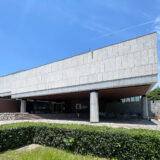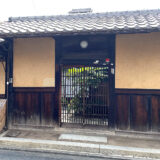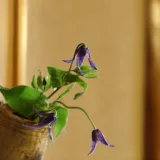Introduction
Japanese lacquerware, known as urushi (漆), is a revered art form that has stood the test of time. With a history dating back thousands of years, Japanese lacquer represents a harmonious blend of nature, tradition, and exceptional craftsmanship. This article explores Japanese lacquer’s origins, techniques, and global significance, highlighting its continued relevance in modern design and artisanal culture.
What is Urushi?
Lacquer is a natural resin derived from the sap of the lacquer tree (Toxicodendron vernicifluum1), which is native to Japan, China, and the Korean Peninsula. When exposed to air and humidity, the sap hardens into a durable, glossy coating. Japan’s humid climate provided ideal conditions for this process, which helped foster a culture in which lacquer became central to artistic and functional design.
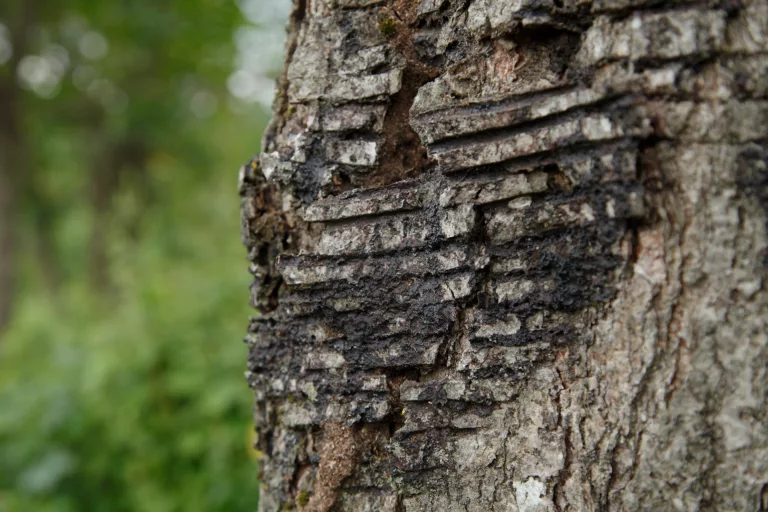
Lacquer in Japanese Culture
In Japan, lacquer is not merely a utilitarian coating but is deeply intertwined with cultural identity. The use of lacquer dates back to the Jomon period (14,000–300 BCE). Archaeological discoveries reveal that early Japanese used lacquer for its waterproofing, antimicrobial qualities, and aesthetic appeal.
Over centuries, lacquerware has played a vital role in Buddhist rituals, the tea ceremony, and samurai armor. Its presence in both sacred and secular life underscores its cultural importance.
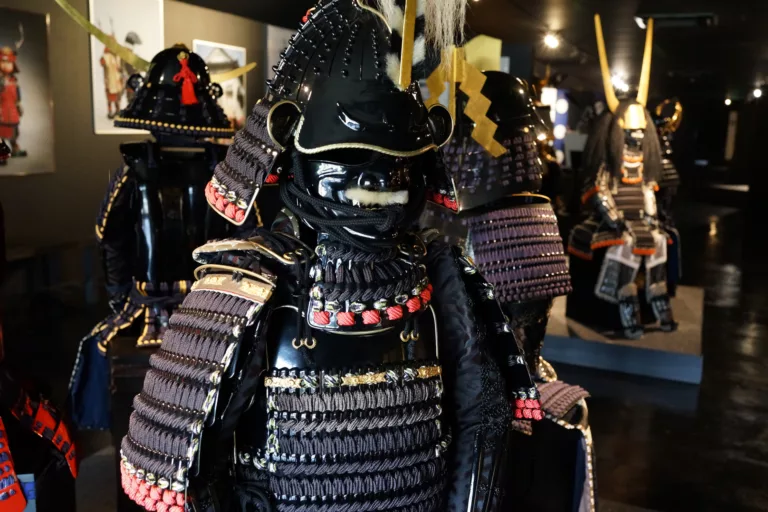
Japanese Lacquer Art (Urushi Art)
Japanese lacquerware is created through a labor-intensive process involving the application of multiple layers of lacquer. Each layer is carefully polished to achieve a stunning luster. Traditional items include bowls, boxes, and trays, while contemporary artisans craft furniture and interior decor.

Historical Export
From the medieval period, high-quality Japanese lacquerware was exported globally through Nanban trade routes, gaining acclaim for its durability and artistry.
Core Techniques
Kyuushitsu (髹漆)
A general term for applying lacquer over a prepared surface. It emphasizes form and the tactile and visual qualities of lacquer.
Base Materials
Since lacquer is a liquid, a foundation (called tai) is essential. Common bases include:
- Wood: Carved or turned wooden cores.
- Bamboo: Woven into rantai (籃胎 basket-like forms).
- Metal: Used for kintai (金胎 metal cores).
- Ceramics: Known as toutai(陶胎), where ceramics are coated in lacquer.
Kanshitsu (乾漆)
A technique where hemp cloth is layered with lacquer over molds. Variations include:
- Dakkanshitsu(脱乾漆): Mold-removed dry lacquer.
- Mokushin kanshitsu(木心乾漆): Wood core dry lacquer.
- Paper-based forms: Built from layered Japanese paper (kamitai).
These methods were used in classical Buddhist sculptures, such as the Asura statue at Kofuku-ji2 and Ganjin Wajo at Toshodai-ji Temple3.
Decorative Techniques
Makie (蒔絵)
A hallmark of Japanese lacquer, makie involves sprinkling metal powders onto wet lacquer. Originating in the Nara period and refined by the Edo period, it’s a globally recognized art form. Key styles include:
- Hiramakie(平蒔絵): Flat design with surface polish.
- Togidashi makie(研ぎ出し蒔絵): The entire surface is lacquered and then sanded to reveal the design.
- Takamakie (高蒔絵): Raised patterns using carbon or tin powders.
- Shishiai togidashi makie(肉合研出蒔絵): Complex technique combining others.
Makie can be customized based on powder size and texture for diverse effects.
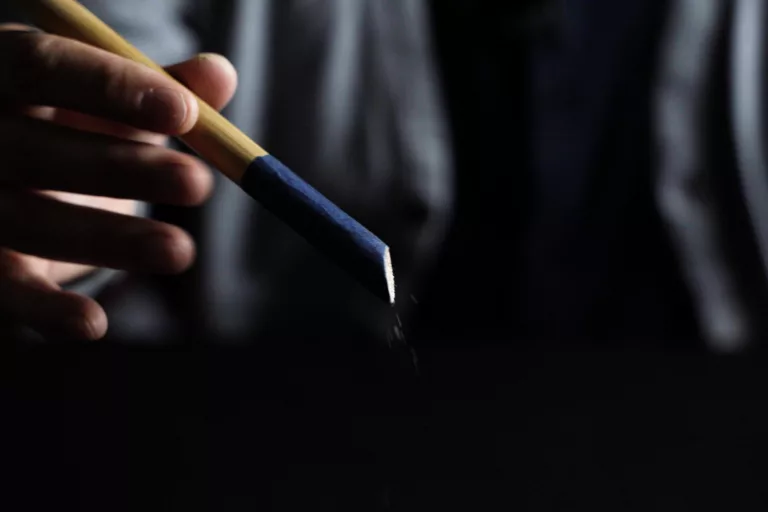

Raden (螺鈿)
Introduced in Tang China in the Nara period, raden uses iridescent shells like abalone or mother-of-pearl. Techniques include:
- Inlay (kannyuu 嵌入): A thick shell is fitted into the surface.
- Overlay (tappu 貼附): A thin shell is applied and edge-trimmed.
Thin shell applications are sometimes referred to as haiku.

Hyomon (平文)
Metal foils (gold, silver, tin) are cut into patterns, affixed to surfaces, lacquered, and polished. It’s an ancient and adaptable technique.
Tsuishu and Choshitsu (堆朱・彫漆)
- Tsuishu: 70–150 layers of red lacquer are carved to form motifs. Variants include tsuikoku (black) and tsuiou (yellow).
- Choshitsu: Multi-colored layers are carved to showcase intricate cross-sections.
Regional Variants and Applications
Techniques like chinkin (沈金 gold inlay), kinma (蒟醬 engraved color-lacquer), and hen-nuri (変塗 creative surface finishes) vary by region. These decorative forms were so diverse that they’re said to number in the thousands.
Kintsugi: The Art of Golden Repair
Kintsugi (金継ぎ) means “golden joinery”— repairing broken pottery using lacquer mixed with gold, silver, or platinum powder. Rather than hiding imperfections, kintsugi celebrates them, embracing the Japanese wabi-sabi philosophy that values transience and imperfection. The result is a restored object and a new, transformed artwork that honors its history.
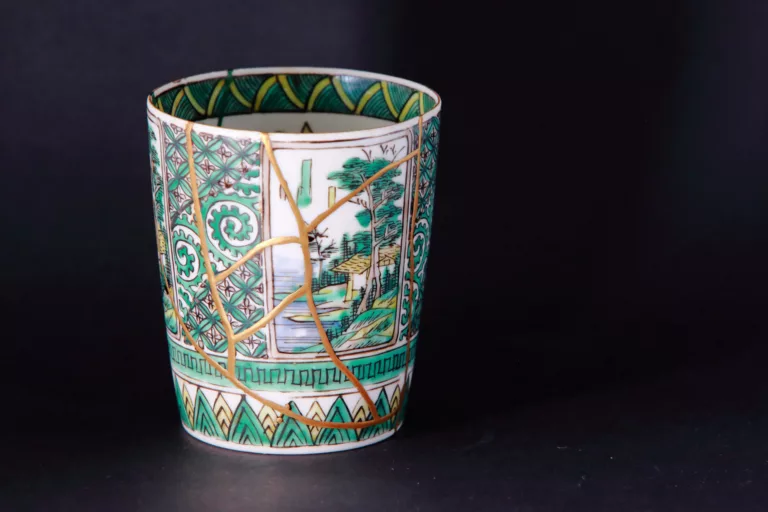
Conclusion
From ancient rituals to contemporary design, Japanese lacquer art continues to enchant collectors and artisans worldwide. Whether in the shimmering elegance of makie or Kintsugi’s humble beauty, lacquer’s art reminds us that beauty can be both functional and timeless.
↓ Please click here to see the lacquer artists exhibiting at Kogei Art KYOTO.
References & Further Reading
- Munsterberg, Hugo. The Arts of Japan. Tuttle Publishing, 1988.
- Morita, Kazuo. Japanese Lacquer Art: From Jomon to Contemporary Craft. Kyoto Shoin, 2001.
- “Japanese Lacquerware.” The MET Museum. https://www.metmuseum.org
- “Lacquerware of Japan.” Japan House London. https://www.japanhouselondon.uk
- Doi, Hiroshi. Urushi: Japanese Lacquer Masterpieces. Heibonsha, 1996.
Footnotes
- Toxicodendron vernicifluum – Wikipedia ↩︎
- Asura statue at Kofuku-ji – Kofuku-ji Temple Official Site ↩︎
- Ganjin Wajo at Toshodai-ji Temple – Toshodai-ji Official Site ↩︎
Revised on April 16, 2025



